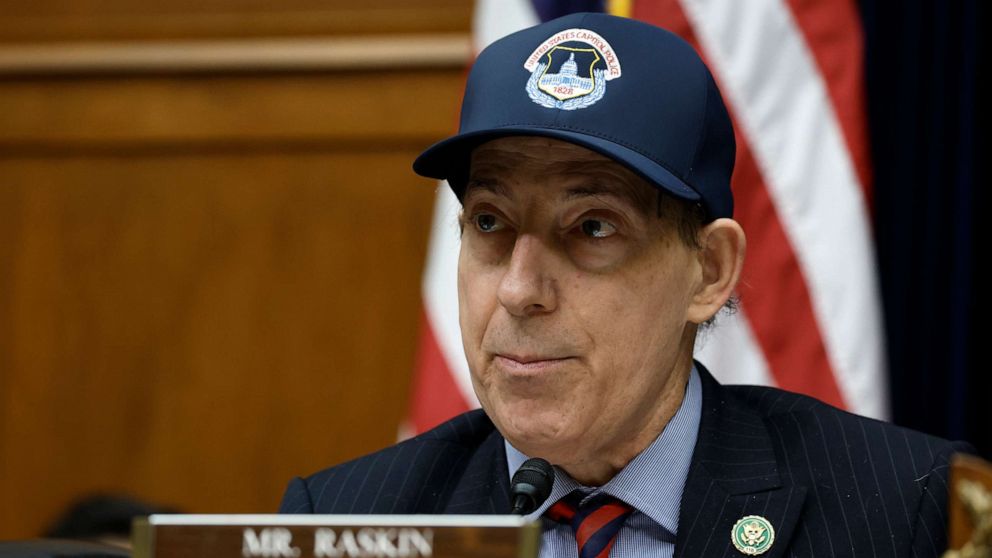Juliana v. United States: A Case Analysis with Emphasis on Sustainable Development Goals (SDGs)
Introduction
Climate change represents the paramount challenge of our era, transcending generations and borders, and exacerbating numerous global issues. As highlighted by UN Secretary-General Antonio Guterres, it functions as a “crisis multiplier,” impacting food security, international stability, and environmental sustainability. The manifestations of climate change, including wildfires and melting polar ice caps, underscore its classification as a true emergency. Unlike conventional emergencies, the climate crisis demands sustained, long-term commitments to reducing global carbon emissions, aligning closely with the Sustainable Development Goal 13 (Climate Action).
In this context, the rule of law emerges as a critical instrument for structural reform, mediating rights and duties through enforceable remedies. This report examines the landmark case Juliana v. United States, focusing on the role of legal remedies in climate change litigation and their implications for advancing the SDGs.
Facts and Procedural History
- In 2015, Our Children’s Trust filed a complaint on behalf of 21 youth plaintiffs in the US District Court for the District of Oregon.
- The plaintiffs challenged the federal government’s authorization and subsidization of fossil fuel extraction, asserting a constitutional right to a life-sustaining climate grounded in the Fifth and Fourteenth Amendments.
- They invoked the Public Trust Doctrine under the Ninth and Tenth Amendments, claiming government duty to preserve natural resources.
- The relief sought included declaratory and injunctive measures to implement a national plan to phase out fossil fuel emissions, directly supporting SDG 13 (Climate Action) and SDG 16 (Peace, Justice, and Strong Institutions).
- The District Court recognized the fundamental nature of a sustainable climate system, marking a historic constitutional acknowledgment of climate rights.
- However, the Ninth Circuit Court dismissed the case on appeal due to lack of Article III standing, a decision upheld by the US Supreme Court’s denial of certiorari, effectively ending the legal proceedings.
The Central Issue: The Remedy Dilemma
The appellate court’s dismissal centered on three Article III standing requirements:
- Concrete and particularized injury;
- Causation by defendant’s conduct;
- Redressability of injury by judicial decision.
While the court agreed that the plaintiffs met the first two elements, it found the third—redressability—unfulfilled. The court held that a favorable judicial ruling would not effectively remedy the plaintiffs’ injuries, highlighting a critical tension between rights and remedies in climate litigation.
Judicial Perspectives on Remedy
- Majority Opinion: Justices Murguia and Hurwitz concluded that the requested remedy—a government-led climate plan—was beyond judicial authority, as it involved complex policy decisions better suited for legislative and executive branches. They dismissed declaratory relief as insufficient to mitigate harm and rejected injunctive relief due to lack of clear legal standards, thereby limiting the court’s remedial scope.
- Dissenting Opinion: Judge Josephine Staton criticized the majority for judicial abdication, emphasizing the constitutional duty to prevent the nation’s willful destruction. She advocated for a broad, flexible remedial approach consistent with historical equitable powers, drawing parallels to landmark cases such as Brown v. Board of Education. Her dissent underscored the judiciary’s essential role in upholding fundamental rights and advancing SDG 16 (Peace, Justice, and Strong Institutions).
Implications for Sustainable Development Goals
The Juliana case intersects with multiple SDGs, notably:
- SDG 13 (Climate Action): The plaintiffs’ demand for a national plan to reduce fossil fuel emissions aligns directly with global climate mitigation efforts.
- SDG 16 (Peace, Justice, and Strong Institutions): The case highlights the importance of judicial remedies and the rule of law in enforcing environmental rights and government accountability.
- SDG 3 (Good Health and Well-being): Addressing climate change is critical to reducing health risks associated with environmental degradation.
- SDG 10 (Reduced Inequalities): The youth plaintiffs represent vulnerable populations disproportionately affected by climate change, emphasizing equity in climate justice.
The Way Forward
Despite its dismissal, the Juliana case remains a landmark for its illumination of the challenges and opportunities in climate litigation. Judge Staton’s dissent offers a hopeful vision for the future, advocating for judicial courage and innovative remedies that bridge rights and duties. This perspective encourages courts to embrace their role in addressing the climate emergency through equitable remedies, fostering progress toward the SDGs.
Former Chief Justice Charles Evans Hughes described dissent as “an appeal to the brooding spirit of the law,” signaling potential for future correction. Juliana v. United States thus serves as a call for sustained legal and institutional commitment to climate action, reinforcing the centrality of the rule of law in achieving a sustainable and just future.
1. Sustainable Development Goals (SDGs) Addressed or Connected to the Issues Highlighted in the Article
- SDG 13: Climate Action
- The article centers on climate change as the “biggest problem of our time” and discusses legal efforts to address fossil fuel emissions and the climate emergency.
- SDG 16: Peace, Justice and Strong Institutions
- The article emphasizes the role of the rule of law, judicial remedies, constitutional rights, and democratic institutions in addressing climate change.
- It discusses judicial responsibility, standing, and remedies in climate litigation, highlighting the importance of strong institutions.
- SDG 7: Affordable and Clean Energy
- The case challenges government subsidies and authorization of fossil fuel extraction, implying a need to transition to renewable energy sources.
- SDG 15: Life on Land
- The article references the Public Trust doctrine and preservation of natural resources, which relate to sustainable management of terrestrial ecosystems.
2. Specific Targets Under Those SDGs Identified Based on the Article’s Content
- SDG 13: Climate Action
- Target 13.1: Strengthen resilience and adaptive capacity to climate-related hazards and natural disasters.
- Target 13.2: Integrate climate change measures into national policies, strategies, and planning.
- Target 13.3: Improve education, awareness-raising and human and institutional capacity on climate change mitigation, adaptation, impact reduction, and early warning.
- SDG 16: Peace, Justice and Strong Institutions
- Target 16.3: Promote the rule of law at the national and international levels and ensure equal access to justice for all.
- Target 16.6: Develop effective, accountable and transparent institutions at all levels.
- Target 16.7: Ensure responsive, inclusive, participatory and representative decision-making at all levels.
- SDG 7: Affordable and Clean Energy
- Target 7.2: Increase substantially the share of renewable energy in the global energy mix.
- SDG 15: Life on Land
- Target 15.1: Ensure the conservation, restoration and sustainable use of terrestrial and inland freshwater ecosystems and their services.
3. Indicators Mentioned or Implied in the Article to Measure Progress Towards the Identified Targets
- Indicators Related to SDG 13 (Climate Action)
- Reduction in greenhouse gas emissions (implied through the call for a government-led plan to phase out fossil fuel emissions).
- Existence and implementation of national policies and plans for climate change mitigation and adaptation (implied by the plaintiffs’ demand for an enforceable national remedial plan).
- Judicial recognition and enforcement of climate-related rights and remedies (implied by the discussion on legal standing and remedies in climate litigation).
- Indicators Related to SDG 16 (Peace, Justice and Strong Institutions)
- Access to justice for climate-related claims (implied by the discussion of standing and judicial remedies).
- Effectiveness of institutions in enforcing environmental and constitutional rights (implied by the role of courts in upholding the rule of law).
- Transparency and accountability in government actions related to fossil fuel subsidies and environmental protection (implied by the challenge to government policies).
- Indicators Related to SDG 7 (Affordable and Clean Energy)
- Reduction in fossil fuel subsidies and increase in renewable energy investments (implied by the plaintiffs’ challenge to fossil fuel extraction and government subsidies).
- Indicators Related to SDG 15 (Life on Land)
- Preservation and sustainable management of natural resources under the Public Trust doctrine (implied by the plaintiffs’ argument on government duty to preserve natural resources).
4. Table: SDGs, Targets and Indicators
| SDGs | Targets | Indicators |
|---|---|---|
| SDG 13: Climate Action |
|
|
| SDG 16: Peace, Justice and Strong Institutions |
|
|
| SDG 7: Affordable and Clean Energy |
|
|
| SDG 15: Life on Land |
|
|
Source: jurist.org







